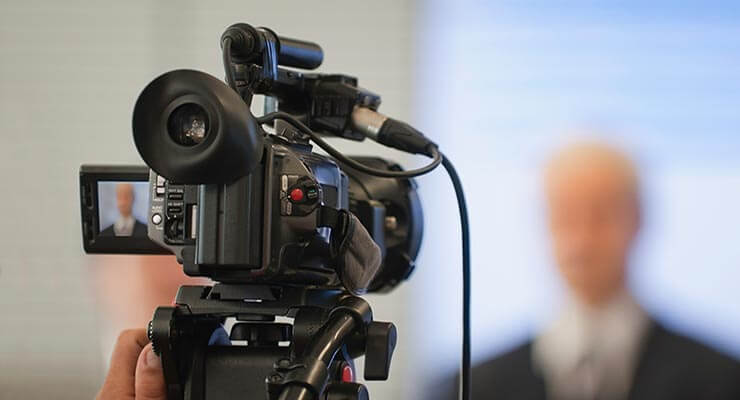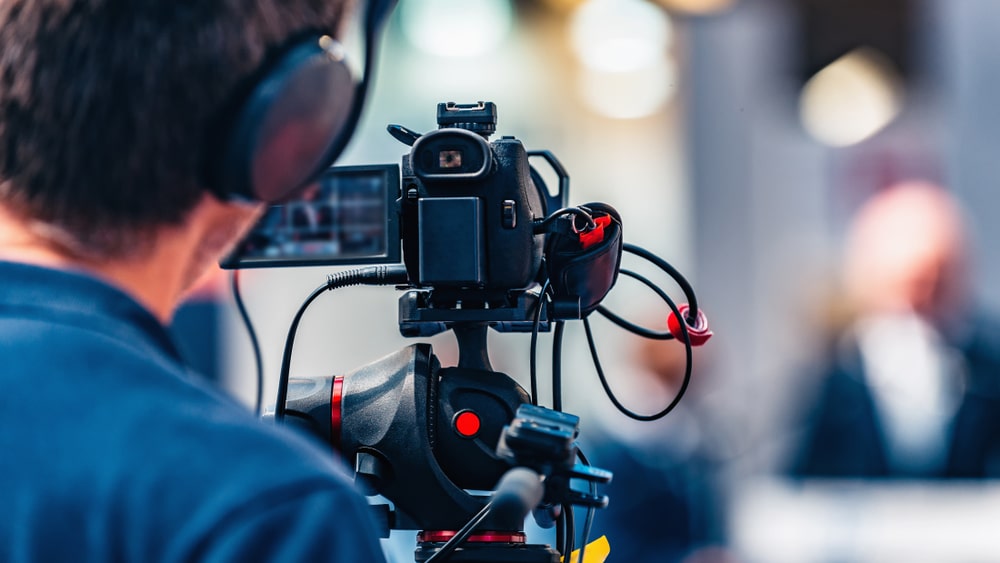Top-Notch Legal Videography for Trials.
The Role of Lawful Videography in Depositions and Trials
Lawful videography has actually become a vital device in both depositions and trials, supplying a diverse technique to documenting witness statements. By capturing not just the talked word but additionally the nuances of non-verbal interaction, this tool enhances the reliability of testimonies and protects important evidence for future proceedings (legal videography). As legal experts progressively acknowledge its worth, it motivates a much deeper evaluation of just how these visual documents can affect juror perceptions and trial end results. What ramifications might these advancements hold for the future of lawful practice?

Value of Lawful Videography
Lawful videography plays a crucial duty in the documentation and presentation of depositions and trials. This specialized area incorporates technical abilities with legal knowledge to create a reliable document of proceedings that can considerably affect case end results. The appearance of legal videography boosts the understanding of witness testimony, permitting jurors and judges to observe not only the spoken words yet also the behavior, feelings, and body language of the witnesses.
In enhancement, lawful videography provides an objective account of events, lessening the capacity for misinterpretation that can happen with composed transcripts alone. This visual documents works as a vital device during test presentations, assisting in a clearer and more convincing story for both plaintiffs and defendants. Additionally, the capacity to replay video sectors throughout court process makes it possible for legal groups to highlight bottom lines, reinforcing their disagreements efficiently.
The importance of lawful videography expands past the court; it likewise plays an important role in preserving proof for future referral, whether for allures or additional lawsuit. Its combination into the lawful procedure is vital for ensuring a reasonable and accurate representation of the realities, eventually adding to the search of justice.

Process of Legal Videography
While recording the nuances of depositions and trials, the procedure of legal videography includes numerous vital steps that make certain premium, accurate recordings. An expert lawful videographer prepares by assessing the case materials and recognizing the specific needs of the deposition or trial. This preparation consists of familiarizing themselves with the individuals and the context, which assists in recording important information.
On the day of the recording, the videographer sets up the needed devices, which commonly consists of high-def electronic cameras, microphones, and correct lighting. Making certain optimal angles and sound top quality is crucial, as it straight affects the efficiency of the recording. The videographer connects with lawyers and participants to establish procedures, ensuring that everybody comprehends the recording procedure.
During the deposition or test, the videographer thoroughly records the proceedings, paying close focus to both spoken and non-verbal signs. This includes recording the disposition and reactions of witnesses and attorneys. After the session ends, the videographer might edit the footage for quality and compliance with legal criteria, generating a final item that accurately reflects the procedures for future recommendation and usage in lawful contexts.
Benefits in Depositions
The incorporation of videography in depositions supplies numerous advantages that enhance the overall procedure of gathering proof. One key advantage is the capacity to catch witness testaments with visual and auditory fidelity, supplying a much more precise depiction of the witness's disposition, tone, and body language. This multidimensional method allows attorneys and courts to assess integrity better than typical written transcripts alone.
In addition, videographed depositions act as an effective tool for maintaining testimony. Needs to a witness come to be not available for trial, their taped deposition can be played in court, making sure that their proof remains available and pertinent. This aspect substantially reduces the danger of shedding crucial details that might impact instance results.

Last but not least, videography boosts the general professionalism of the deposition process, instilling self-confidence in customers regarding the thoroughness of their legal depiction (legal videography). By leveraging innovation, lawyers can dramatically boost the performance of depositions
Impact on Trials
In many tests, the look at here now assimilation of videography can dramatically influence the discussion of proof and the court's perception. Lawful videography records witness statements and critical proof in a vibrant style, allowing jurors to engage with the product on numerous levels. This aesthetic element enhances the storytelling facet of a trial, offering context and psychological resonance that standard text-based evidence might do not have.
In addition, video recordings can act as effective tools for impeachment during interrogation. When disparities occur in between a witness's previous declarations and their courtroom testimony, video proof provides an unbiased reference that can persuade jurors' viewpoints. This immediacy and quality can reinforce the integrity of a party's story while at the same time threatening opposing debates.

Future Trends in Legal Videography
As we look towards the future of legal videography, numerous arising fads promise to read more reshape its function within the court room. One considerable fad is the assimilation of synthetic knowledge (AI) in video clip analysis and editing. AI can streamline the process of recognizing crucial moments in recorded depositions, enabling attorneys to swiftly access relevant material, therefore enhancing efficiency in case prep work.
Furthermore, the surge of virtual reality (VR) and augmented truth (AR) innovations is anticipated to change just how jurors experience proof. legal videography. By immersing jurors in a simulated setting, these technologies can supply an extra profound understanding of complex situations, leading to even more educated deliberations
In addition, the boosting need for remote depositions, accelerated by the COVID-19 pandemic, will likely proceed. Lawful videographers will need to adapt to new software and platforms to make certain premium recordings in digital setups.
Lastly, the expanding emphasis on data protection will certainly necessitate stricter methods for saving and sharing video clip proof. As the legal landscape advances, legal videographers must stay abreast of these fads to keep their importance and efficiency in the judicial process.
Conclusion
In recap, lawful videography serves an important function in the judicial procedure, improving the stability of depositions and tests. As modern technology continues to progress, lawful additional hints videography is poised to additional transform its role within the legal landscape.